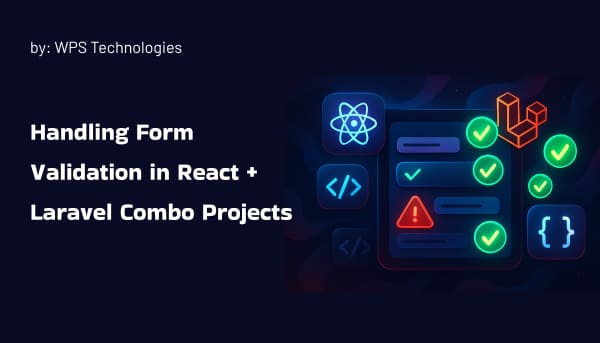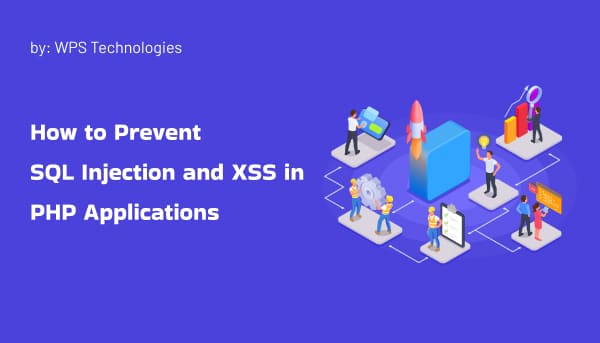
Is Node.js a Good Choice for Front-End Development in Big Applications?
Node.js is a server-side JavaScript runtime that allows developers to build scalable and high-performance applications. While Node.js is typically used for server-side development, it can also be used to build the frontend of a big application. However, whether it’s “good” to create the frontend in Node.js depends on various factors, including the specific requirements of your application, the expertise of your development team, and the overall architecture and design of your application.
Here are some considerations to keep in mind when deciding whether to use Node.js for frontend development in a big application:
- Familiarity with Node.js: If your development team is already familiar with Node.js and JavaScript, building the frontend with Node.js can leverage their existing skills and expertise, making development faster and more efficient.
- Backend and frontend integration: If you’re building a full-stack JavaScript application, using Node.js for both the frontend and backend can provide a consistent development experience and make it easier to integrate backend and frontend components.
- Scalability: Node.js is known for its event-driven, non-blocking I/O model, which makes it highly scalable and suitable for applications that require handling a large number of concurrent connections. If your big application requires high scalability, using Node.js for frontend development may be a good choice.
- Performance: Node.js provides fast performance due to its V8 JavaScript engine and event-driven architecture. However, the performance of a frontend built with Node.js depends on various factors such as the complexity of the application, the efficiency of the code, and the performance of external dependencies.
- Ecosystem and libraries: Node.js has a rich ecosystem of libraries and frameworks for frontend development, such as Express, React, Angular, and Vue, which can speed up development and provide robust tools for building complex user interfaces.
- Team expertise: If your development team is not familiar with Node.js, there may be a learning curve involved, which could affect development speed and quality.
- Application requirements: Consider the specific requirements of your big application. If your application requires a highly interactive and complex user interface, there may be other frontend technologies that are better suited for the task, such as React or Angular.
In conclusion, using Node.js for frontend development in a big application can be a viable option depending on your team’s expertise, application requirements, and overall architecture. It’s important to carefully consider the pros and cons and make an informed decision based on your specific use case.


